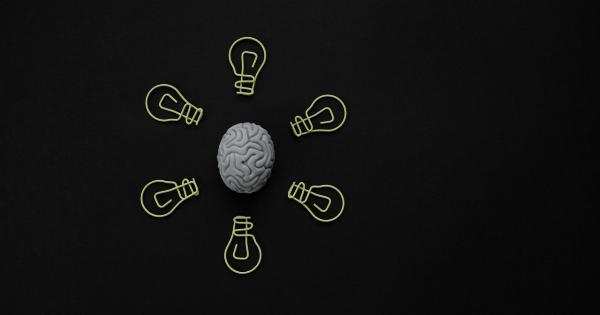A baby’s smile is one of the most heartwarming and joyful things in the world. It can make us forget our worries and bring us a sense of pure happiness.
But have you ever wondered what science is behind a baby’s smile? Why is it so appealing to us? In this article, we will explore the science behind a baby’s smile.
What is a Smile?
A smile is a facial expression that involves the movement of the muscles in the face, particularly those around the mouth and eyes. It can have multiple meanings, depending on the context and the individual.
A smile can convey happiness, pleasure, friendliness, and even embarrassment or nervousness.
How Babies Smile
It is believed that babies start smiling at around six weeks of age. However, this initial smile is not necessarily an expression of joy or happiness. It is more likely a reflexive response to a stimulus, such as a touch or a sound.
It is called a “subcortical smile,” as it originates in the lower regions of the brain, not in the conscious mind.
As babies grow and develop, their smiles become more intentional and responsive to social cues. They start to smile in response to faces, voices, and social interactions.
This “social smile” is a crucial milestone in a baby’s cognitive and emotional development, as it allows them to start building relationships and relating to others.
The Science behind the Appeal of a Baby’s Smile
There are several factors that make a baby’s smile so appealing to us, humans. They include:.
1. Innocence
Babies are innocent and pure. They do not have any preconceptions or prejudices, and they have not yet been tainted by the world around them. Their smile reminds us of this freshness and can bring us a sense of hope and renewal.
2. Biophilia
Biophilia is a concept developed by the biologist Edward O. Wilson, which refers to the innate human tendency to seek connections with nature and other forms of life.
Babies evoke this sense of connection and can bring out our nurturing and caring instincts.
3. Cuteness
Babies are universally perceived as cute. They have big round eyes, chubby cheeks, and a soft, delicate appearance. This cuteness triggers a positive emotional response in us, known as the “cuteness overload” effect.
4. Mirror Neurons
Mirror neurons are neurons in the brain that activate both when we perform an action and when we see someone else performing the same action. They are responsible for empathy, imitation, and social learning.
When we see a baby smiling, our mirror neurons fire up, making us feel like smiling back.
The Benefits of Baby’s Smile
Not only is a baby’s smile delightful to look at, but it also has some surprising benefits for both the baby and the people around them. Here are some of them:.
1. Positive Emotions
A baby’s smile can trigger positive emotions in the people around them, including joy, contentment, and affection. This emotional connection can reinforce the bond between the baby and their caregivers.
2. Social Interaction
A baby’s smile is a form of social interaction. It communicates that the baby is alert, engaged, and ready to engage with others.
It can encourage social reciprocity and the development of communication skills in both the baby and the people around them.
3. Stress Reduction
Looking at a baby’s smile can reduce stress levels in adults. It has been shown to lower cortisol levels, which is a hormone associated with stress and anxiety.
This stress reduction effect can benefit both adults and babies, creating a more relaxed and enjoyable environment.
Conclusion
In conclusion, a baby’s smile is not only a heartwarming and delightful thing to witness, but it also has scientific and social significance.
It triggers positive emotions, facilitates social interaction and communication, reduces stress levels, and much more. Understanding the science behind a baby’s smile can help us appreciate it even more and deepen our connection with these amazing little beings.































